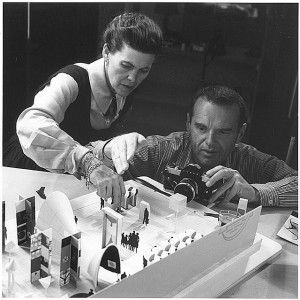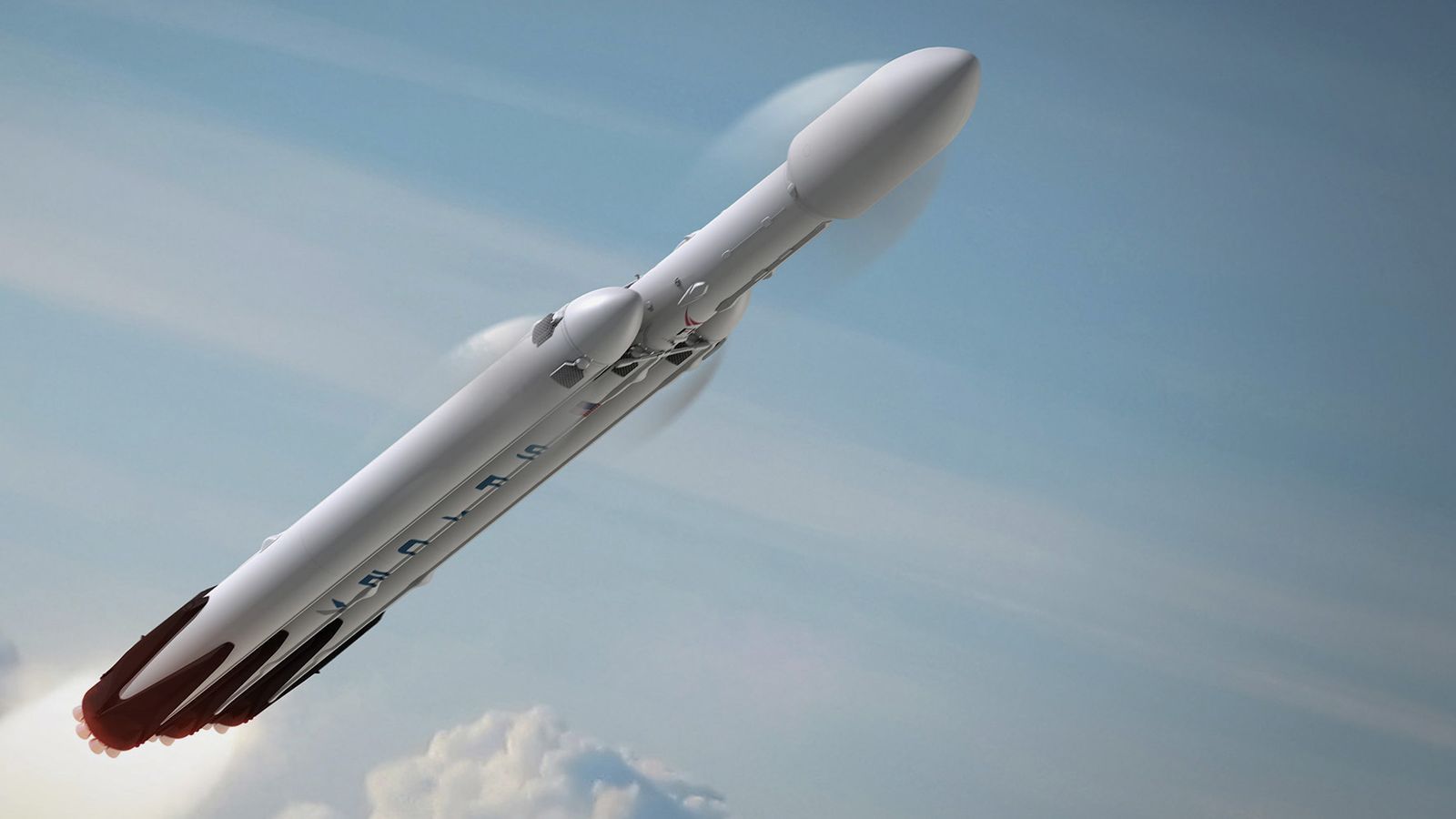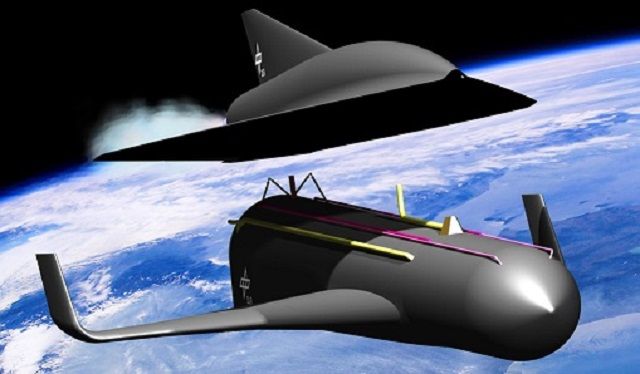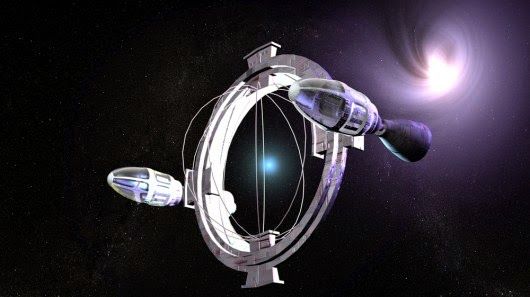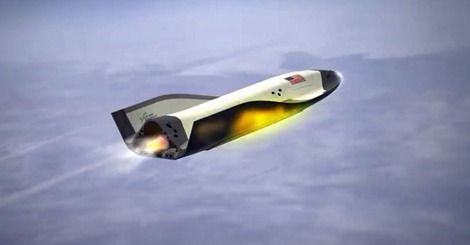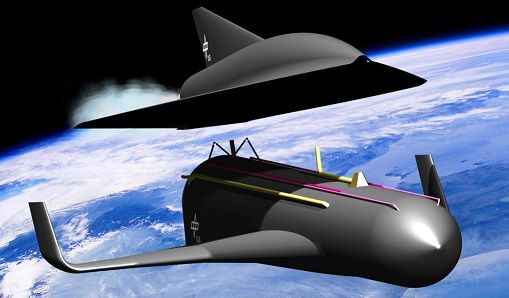Sep 10, 2015
Scale of the Universe revisits “Powers of Ten”
Posted by Philip Raymond in categories: astronomy, cosmology, physics, space travel
As a follow-up to Shailesh Prasad’s thought provoking video (just below this article), I offer two equally impressive visualizations of the scope and magnificence of our universe. These videos are the epitome of a teachable moment. And it’s fun, too!
Check out this simple, one-button interactive Scale of the Universe by Cary Huang. Simply pull a slider left or right to zoom in or out. It covers the Universe from 1027 meters down to 10-35 meters (from the entire universe to the Plank length and quantum foam).
Unlike the classic film by Charles & Ray Eames (more about that later), the zoom doesn’t really take viewers closer or further away. Rather, it compares relative size by allowing users navigate by magnitudes (a circle indicates each power-of-ten).
Continue reading “Scale of the Universe revisits ‘Powers of Ten’” »
